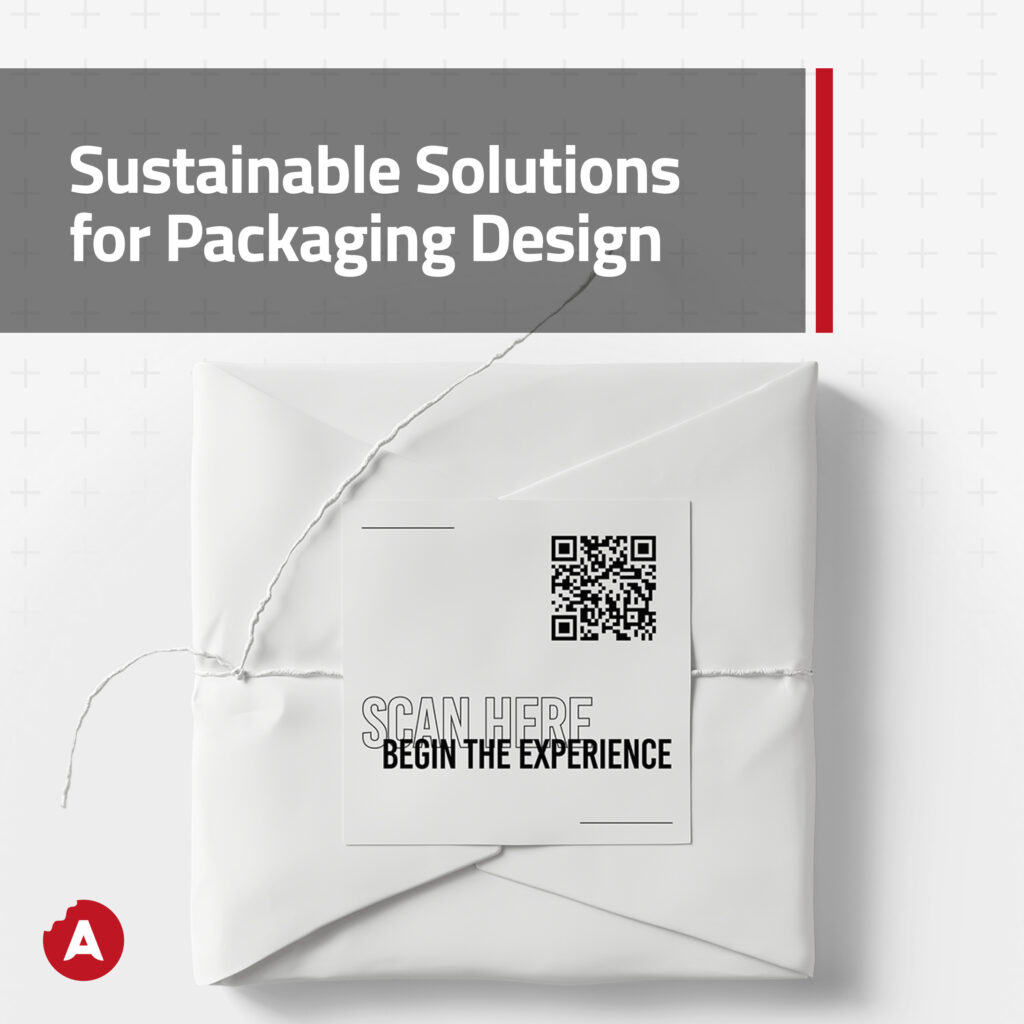
Explore innovative and eco-friendly approaches to packaging design that prioritize sustainability and reduce environmental impact.
Eco-Friendly Materials for Packaging Design
When it comes to eco-friendly packaging, the choice of materials is crucial. Opting for renewable, biodegradable, and recyclable materials can significantly reduce the environmental footprint of packaging. Materials such as recycled paper and cardboard, bioplastics derived from plant-based sources, and compostable materials offer viable alternatives to traditional packaging materials. By using these eco-friendly materials, brands can demonstrate their commitment to sustainability and appeal to environmentally conscious consumers.
Minimalist Design Strategies for Sustainable Packaging
In addition to choosing eco-friendly materials, minimalist design strategies can further enhance the sustainability of packaging. Simplifying packaging designs by eliminating unnecessary elements, reducing packaging layers, and using minimalist graphics and branding can help minimize material usage and waste. By adopting minimalist design principles, brands can create sleek, modern packaging that is both aesthetically pleasing and environmentally responsible.
Biodegradable Packaging Solutions
Biodegradable packaging offers a promising solution for reducing the environmental impact of packaging waste. Biodegradable materials, such as compostable plastics and plant-based polymers, break down naturally over time, returning to the earth without leaving behind harmful residues. These materials are an excellent choice for single-use packaging items like food containers, bags, and utensils, offering a sustainable alternative to conventional plastics.
Reusable and Recyclable Packaging Options
Reusable and recyclable packaging options play a crucial role in the circular economy, where resources are kept in use for as long as possible. Brands can design packaging that is durable, easy to clean, and intended for multiple uses, encouraging consumers to reduce waste by reusing packaging instead of disposing of it after a single use. Additionally, designing packaging that is easily recyclable and made from recycled materials can help close the loop and minimize the environmental impact of packaging waste.
Innovative Technologies for Sustainable Packaging
Advancements in technology are driving innovation in sustainable packaging solutions. From biodegradable coatings that extend shelf life to edible packaging made from natural ingredients, innovative technologies offer new possibilities for reducing the environmental impact of packaging. Additionally, digital printing technologies enable brands to create customized, on-demand packaging solutions, reducing waste and energy consumption associated with traditional printing processes.
In conclusion, designing eco-friendly packaging is essential for brands looking to minimize their environmental footprint and meet consumer demands for sustainability. By choosing eco-friendly materials, adopting minimalist design strategies, exploring biodegradable and recyclable packaging options, and leveraging innovative technologies, brands can create packaging that is both environmentally responsible and visually appealing. As consumers become increasingly eco-conscious, prioritizing sustainability in packaging design will not only benefit the planet but also strengthen brand reputation and appeal to a growing market segment.
To learn more about packaging design and how to implement it correctly, check out our webinar: Integrating Connected Packaging for Effective Packaging Design, as well as our blog and social media pages!
